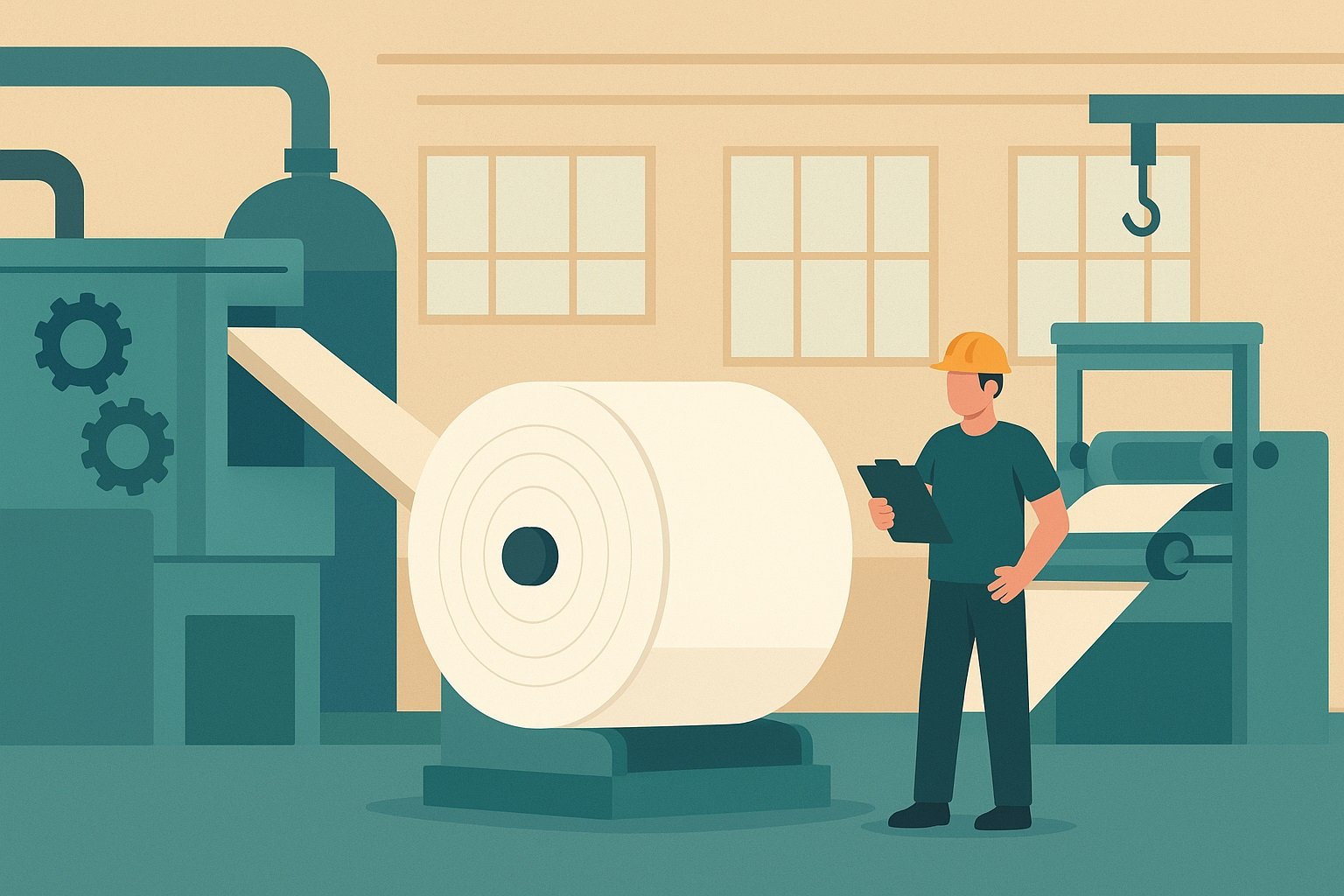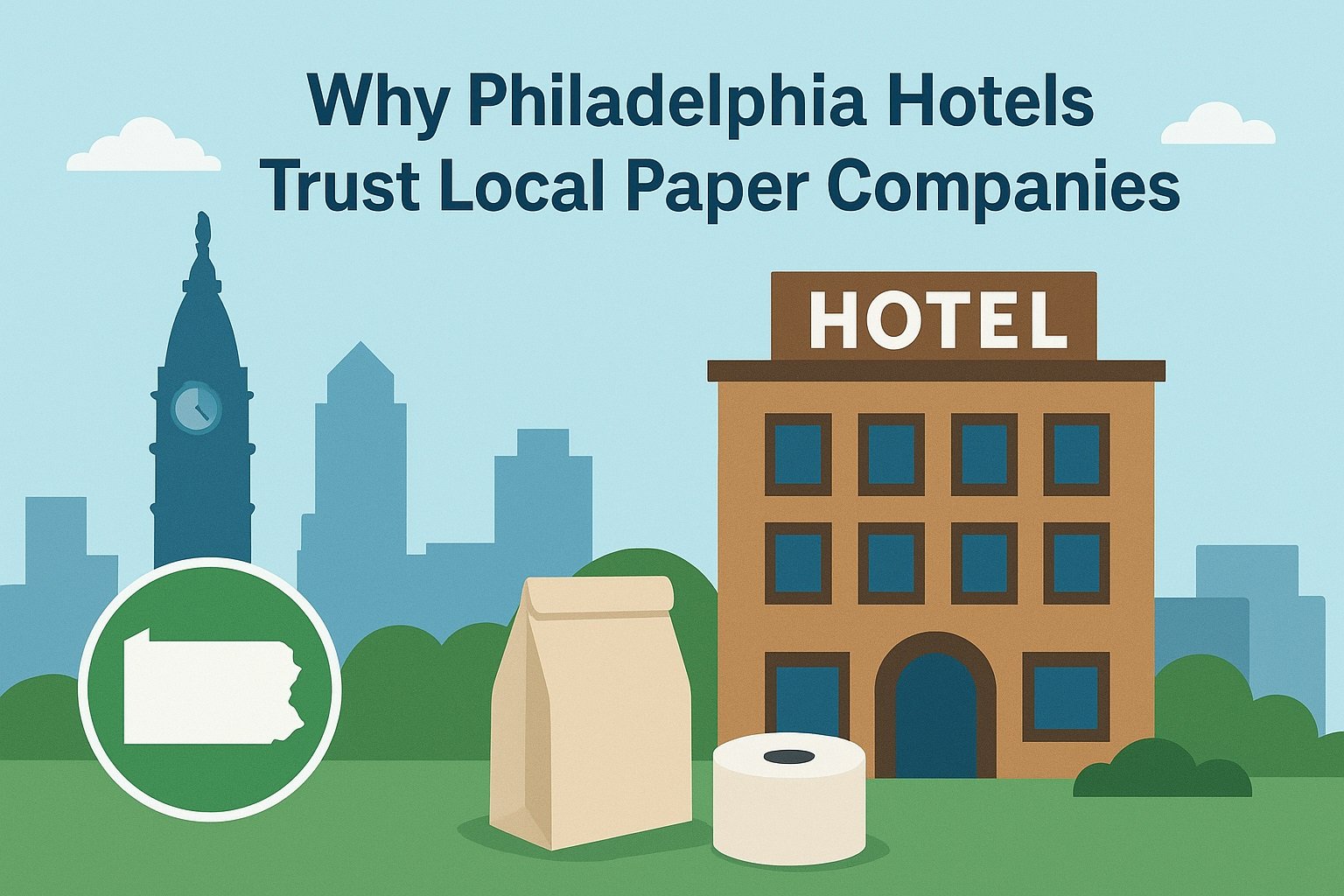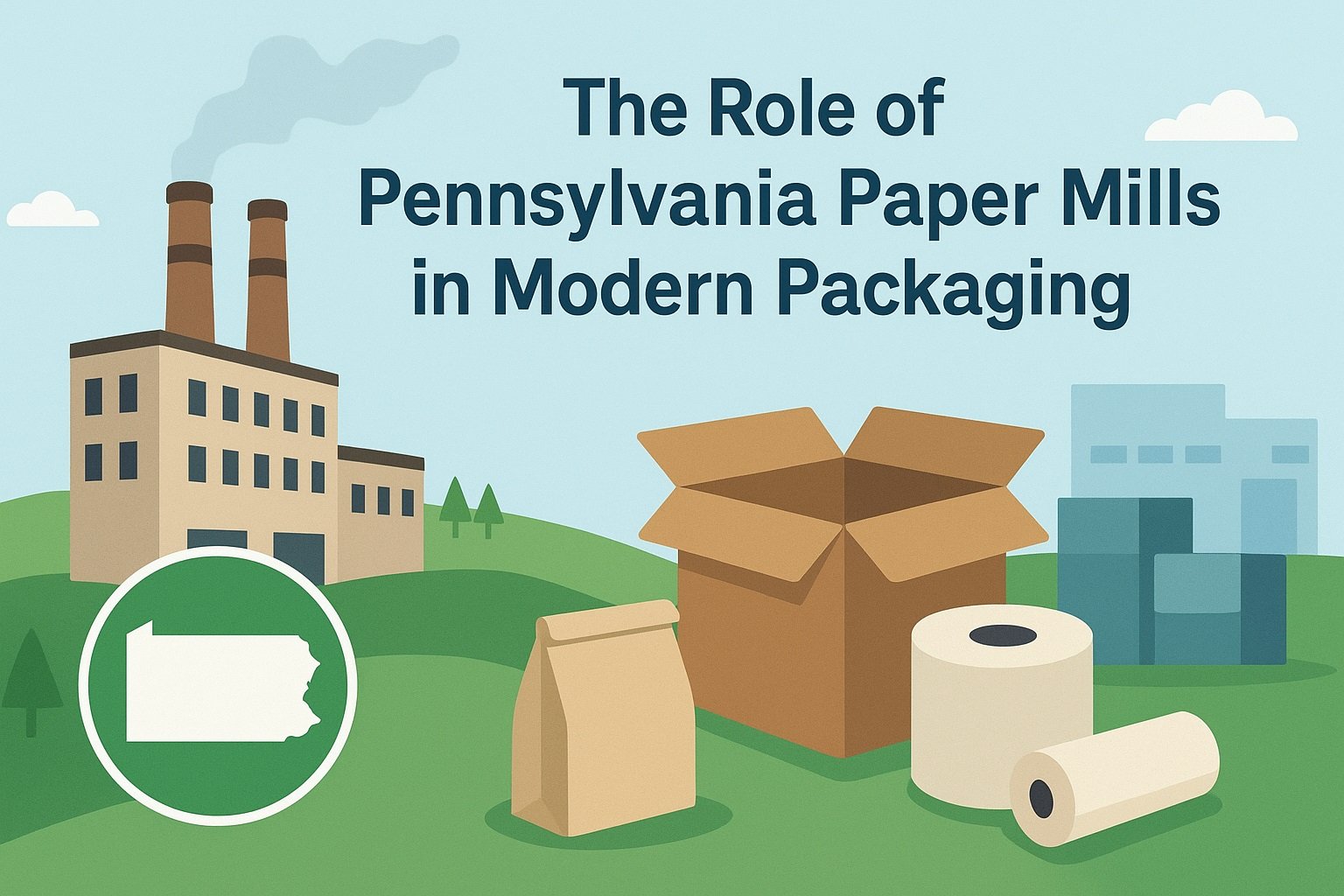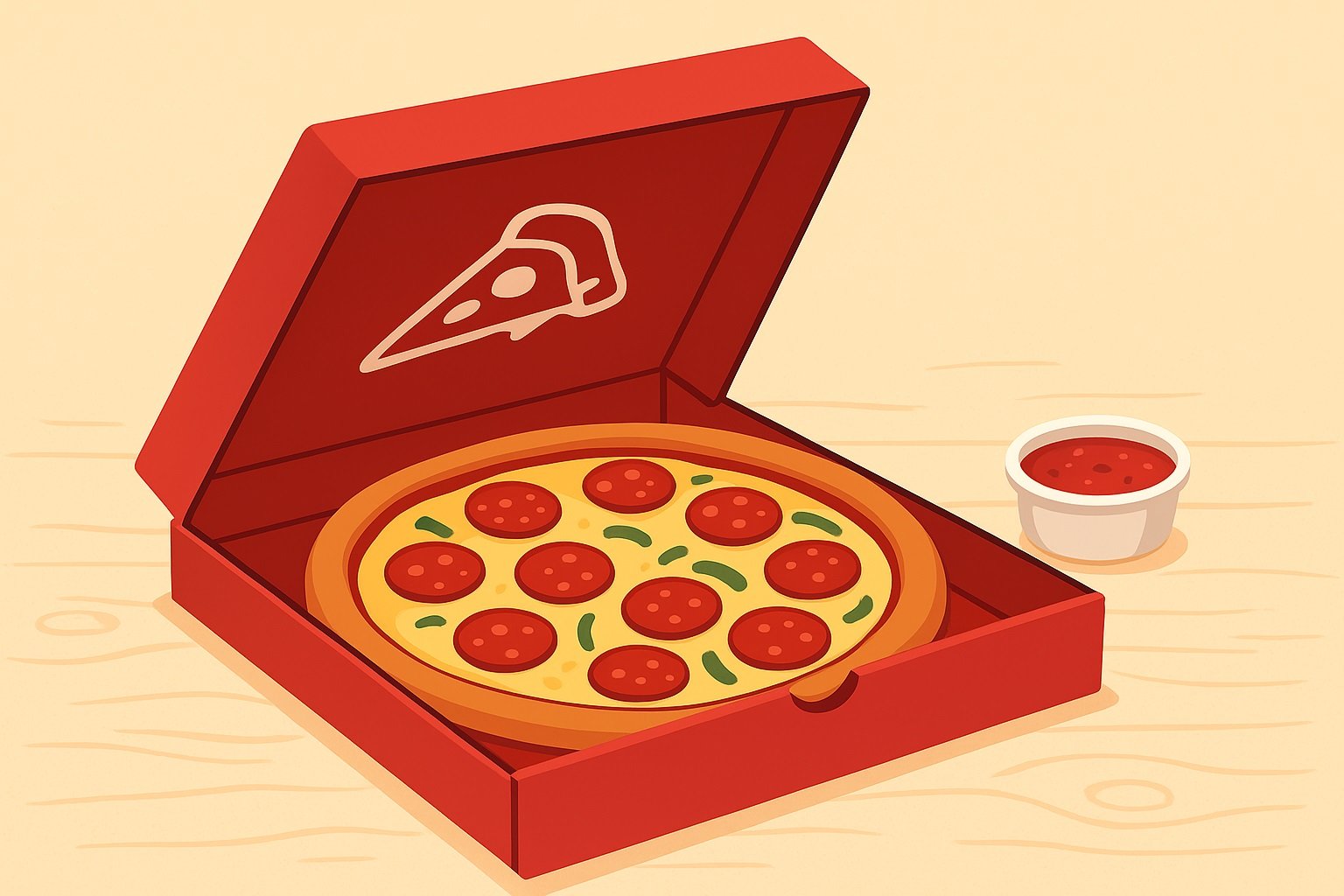Nowadays, catering packaging has evolved into a whole new service sector. It has integrated culinary art, technology, sustainability, and personalization to provide a dynamic experience. In fact, dramatization is also included depending on the budget and scale of the event.
However, there has been a major shift in consideration for the environment and using sustainability options.
One of these pivotal transitions includes the use of catering packaging. A type of packaging that minimizes environmental impact and promotes social well-being. It is a contributor to economic resilience with the goal of reducing waste and carbon emissions.
Incorporating environmentally friendly catering packaging improves presentation and hygiene. It keeps the food stored safely, and we handle transportation efficiently. Additionally, it is a popular way to improve the brand image.
Why is Sustainable Catering Packaging Meaningful?
It is the responsibility of every business owner to deal with the aftermath of their business activities. As an industry expands, it should be extra mindful of its ethics. Furthermore, make decisions that benefit not just them but the clients and planet as well.
Green Initiatives in Catering Packaging
The use of traditional packaging like plastic and Styrofoam greatly contributes to pollution. Therefore, they cannot decompose naturally, nor can anyone recycle them, which results in trash accumulation. We can implement reusable or biodegradable options for a cleaner and greener ecosystem.
High in Demand
Clients are actively seeking vendors who value low-impact catering packaging. It improves credibility and brand image in the eyes of environmentally aware audiences.
Catering Packaging Gives a Competitive Edge
By embracing sustainability, businesses can showcase their leadership and responsibility in modern values. However, through this channel, companies can build trust and loyalty in this highly competitive industry.
Cost Control
Initially, the upfront costs may seem to be substantial. However, over time, it curtails long-term waste management fees. With enough portion control, we carry out the packaging smoothly. The enterprise may qualify for tax breaks and receive green certifications.
Inspirational Aspect of Sustainable Catering Packaging
Sometimes, change is contagious. Practicing an act responsibly can educate and encourage others to do the same. In turn, opening doors to a larger solution and outcome.
Which Materials Clarify as being Compostable in Catering Packaging
- Paper extracted from fibers, limestone, resins, etc.
- Kraft paper or cardboard
- Molded pulp made from recyclable materials
- Bagasse, a by-product of sugarcane processing
- Polylactic acid, a plant-based bioplastic
- Seaweed packaging
- Palm leaves
- Aluminum
- Glass
- Mushroom packaging
- Edible films extracted from proteins or starch
Many of the above-stated options are post-consumer waste and are less energy-intensive. They are repurposed into fresh and new products with the intent of being reused.
Are There Any Precautionary Protocols?
Sustainable choices may seem to be the ideal appealing factor, but there are considerations to it. It is necessary to utilize these options correctly to ensure effectiveness and customer satisfaction.
Resistance to Heat
Some compostables lack thermal resistance and will instantly deform once exposed to high temperatures. Oven-safe or microwave-safe alternatives like bagasse and aluminum are adopted for hot meals.
Susceptible to Spill
Eco-friendly containers may or may not be leak-proof. Oftentimes, they absorb the liquid over time and lose their rigidity. Lined or laminated substitutes should be used for soups, gravies, and/or dressings.
State Disposal Instructions for Catering Packaging
It is recommended to precisely label the catering packaging for a clear comprehension. Do not combine materials that require dedicated waste sorting, as it will create confusion.
Compatibility of Catering Packaging with Temperatures
Several biodegradable products only suit cold items. Thus, store respective items in packaging designed for specific temperatures.
Storage Requirements
There are certain storage standards that should be met to avert degradation. Exposure to sunlight, moisture, or humidity can spoil the food. To maintain quality, place the holders in a cool, dry, and covered space.
Refrain from Overuse of Packaging
Using the right-sized containers with a minimalistic design imparts a favorable impression on the clientele. Also, avoid double-boxing and excessive wrapping.
Hire Certified Suppliers
Source from suppliers that are credible and have the required certifications. Request details about material content and disposal guidelines.
Staff Training
The organization should conduct refresher training sessions to educate the staff. During the launch and deployment of the latest climate-friendly item.
They should be briefed on the method, labeling, and separation. And should be confident in notifying and updating the customers about the recent developments.
Looking for a Renowned Packaging Company?
American Eagle Paper, a reliable packaging company in Philadelphia, delivers innovative and eco-friendly packaging solutions. Our custom products and essential supplies will fulfill all your diverse business needs.
You can save time and resources with our leak-proof and streamlined sustainable varieties. We have a 24-hour support team for timely assistance and quick resolution of problems.
Conclusion
For survival, it has become an obligation to stay on top of new trends. These practices should be embedded so they are non-toxic to people and the environment. It is the social responsibility of every entity to indulge in such ecologically sound initiatives and strategies.







